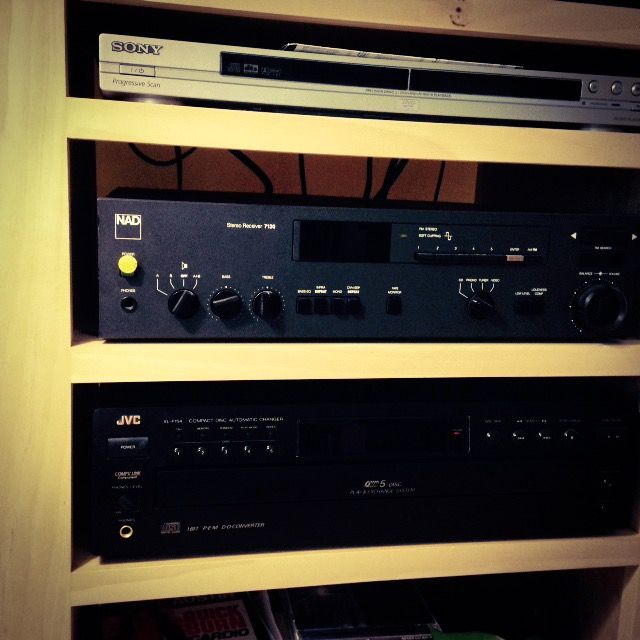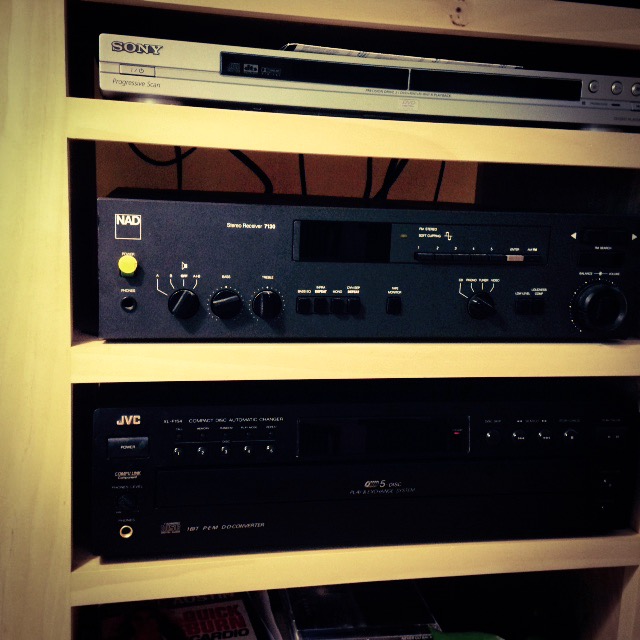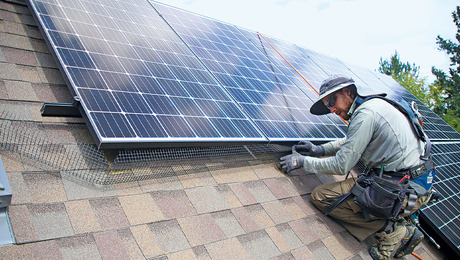
Electronic devices that use electricity even when they appear to be turned off, and a new generation of appliances with digital components and internet connectivity, together waste a total of $19 billion a year in electricity, according to a new report.
UtilityDive said the Natural Resources Defense Council study set the loss at $165 for an average household in the U.S., but said so-called “vampire energy drain” can cost a consumer as much as $440 a year.
“One reason for such high idle-energy levels is that many previously purely mechanical devices have gone digital,” Pierre Delforge, author of the report and director of NRDC’s high-tech-sector energy efficiency, said in a statement. “Appliances like washers, dryers, and fridges now have displays, electronic controls, and increasingly, even internet connectivity, for example. In many cases, they are using far more electricity than necessary.”
The report, “Home Idle Load,” said idle loads or “baseload” consumption includes appliances and equipment in “off” or “standby” mode that are still drawing some electricity; devices in “sleep mode” that are capable of powering up quickly; and equipment that’s left fully on even when no one is around to use it.
The NRDC worked with Home Energy Analytics and the Stanford Sustainable Systems Lab to study three separate data sets: smart-meter readouts from 70,000 homes in northern California, smart meter and other data from 2750 San Francisco Bay area homes, and “a detailed in-home audit” of 10 Bay Area homes.
The wasted energy collectively is roughly the output of 50 large (500mw) power plants. On average, the always-on electricity used by inactive devices represented nearly 23% of household electrical consumption in northern California homes, the report said.
What to do about it
Waste can be sharply reduced at little or no cost, according to a companion “self-diagnosis and action guide.”
The guide suggests how to find the devices that are wasting electricity, and several ways of calculating how much power is involved, either by measuring the household’s total idle load or measuring power consumption device by device with a Kill A Watt meter.
To reduce idle loads, the report offers these ideas:
- Unplug devices that aren’t being used or are rarely used, such as a TV in a guest room or a spare refrigerator that’s currently empty.
- Plug devices into a power strip that can be switched off manually, or use an advanced power strip that automatically turns devices off when they’re not being used.
- Plug some devices into a timer.
- Adjust power settings. Set a computer, for example, so it goes to sleep after 30 minutes or less of inactivity. Or, disable the instant-on feature on a game console if you don’t need it.
Fine Homebuilding Recommended Products
Fine Homebuilding receives a commission for items purchased through links on this site, including Amazon Associates and other affiliate advertising programs.

Handy Heat Gun

Reliable Crimp Connectors

8067 All-Weather Flashing Tape

Electronic devices that are never really "off" help consumers waste billions of dollars a year in energy. Other culprits include appliances with digital and internet capabilities.


























